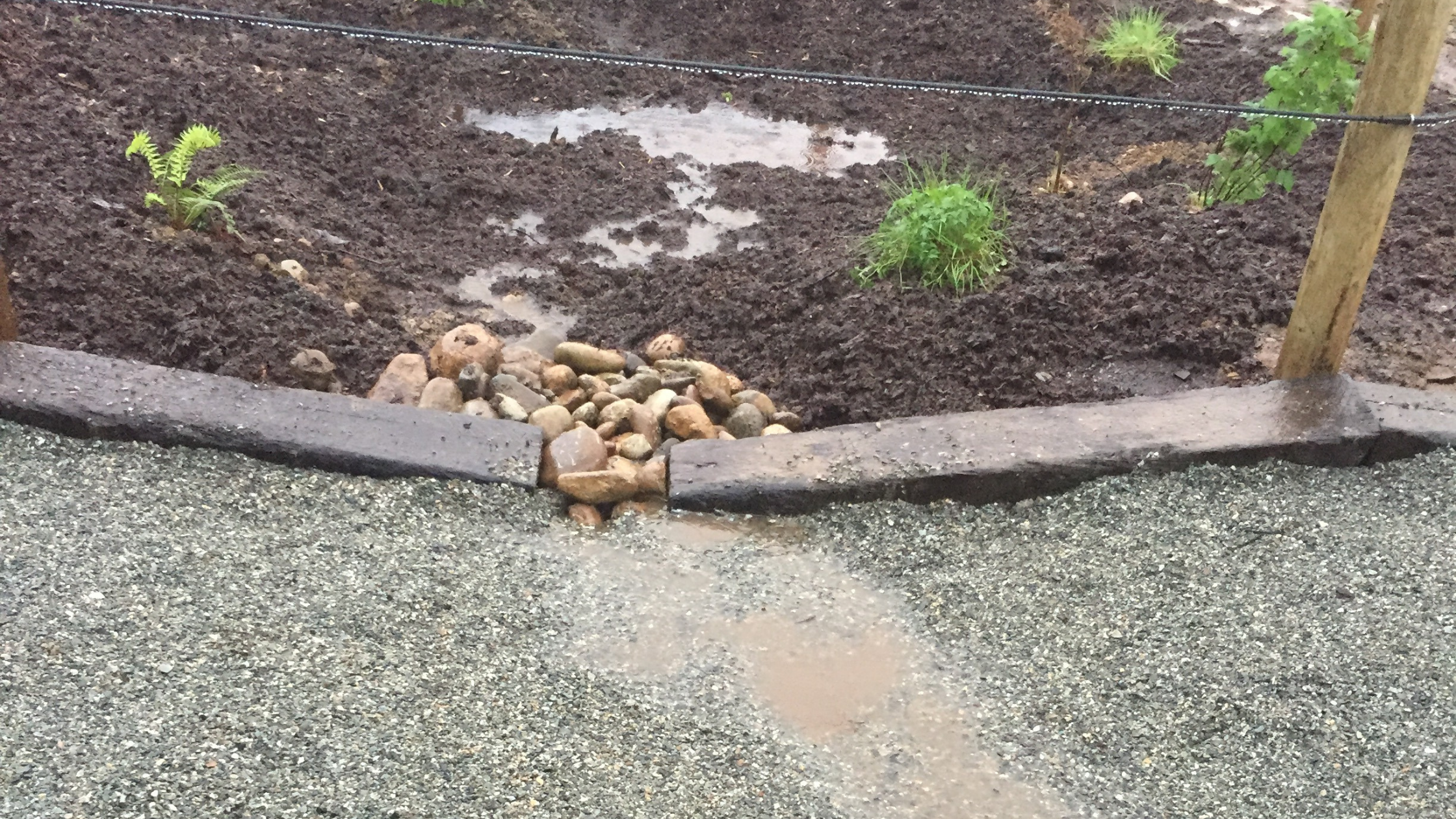Riding during the winter has many benefits – it can help to keep both you and your horse fit, and it’s an excellent way to get a leg up on the spring show season. But frozen arena footing can keep you out of the saddle during the colder months. If you live in an area that experiences sub-freezing winters, then you’ll need to take some additional steps to keep your riding ring usable on the coldest days.
Top Ways to Keep Your Riding Ring from Freezing
If you’re tired of frozen ring footing and missed winter rides, these strategies can help to keep your footing safe and usable.
Add New Footing
Thin, overly worn footing will freeze quickly and can also subject your horse’s legs and joints to the hard arena base below. If your footing is getting thing, adding new footing can help to keep your ring usable throughout the winter.
When you bring in new footing, consider incorporating synthetic materials, too. Fiber and rubber additives mixed in with sand can help to reduce freezing. Some synthetic footing materials are even marketed as being designed to prevent freezing. Using footing that is a darker color can help it to better absorb light from the sun, warming it throughout the day.
Use Magnesium Chloride
Adding magnesium chloride, a form of salt, can be a solution for some riding rings. Magnesium chloride helps to pull moisture from the footing, lowering the footing’s freezing point so it stays usable longer. It also has the benefit of reducing dust.
Magnesium chloride is most beneficial in indoor arenas. It will wash away with a rainfall or when a snowfall melts, and when used in an outdoor ring, it could potentially wash out into your well or your surrounding pastures. Even when you’re working with an indoor arena, be prepared to reapply the magnesium chloride a few times throughout the winter, especially if the arena sees heavy use.
Before you use magnesium chloride, make sure that you’re aware of its potential drawbacks. While non-frozen footing is wonderful, magnesium chloride can potentially have a drying effect on your horse’s hooves. Keep in mind that it’s a type of salt, so you’ll want to regularly clean your tack and your horse’s boots, and it’s best to keep this product away from metal arena doors.
Address Drainage Issues
It will be difficult to keep an outdoor riding ring usable if you’re also dealing with drainage issues. If a nearby hill results in water runoff that’s directed into your arena, you’ll need to reroute that water. Installing French drains is often the easiest way to do this, since you can then direct the water into a more suitable area. French drains are labor-intensive to install, but they’re a largely affordable solution, too.
Implement a Dragging Schedule
Frequently dragging your arena can help to minimize freezing and keep the footing evenly spread, avoiding those thin spots that freeze more quickly than others. Dragging can also help to smooth out hoofprints, so if the footing does freeze, it won’t be rutted and pitted. This smoother frozen footing will be safely usable sooner than it would be if you were still waiting on frozen clumps to thaw out.
Establish a schedule to ensure you drag your ring frequently. A minimum of once-a-week dragging may be sufficient for riding rings that see less use, while riding arenas that see heavy use will benefit from daily or every-other-day dragging.
Investing in Your Riding Arena
Remember that while these strategies take time and financial investments, they pay off in more than just the convenience of being able to ride through the winter. By keeping your riding ring footing in good condition, you’re investing in your horse’s soundness and may be helping to prevent lameness issues.



Leave a comment
This site is protected by hCaptcha and the hCaptcha Privacy Policy and Terms of Service apply.